I have the following code that produces a surface plot, but it does not do what I would expect.
xx, yy = np.meshgrid(dealer_sums, player_sums)
def getter(dealer_sum, player_sum):
state = (dealer_sum, player_sum)
return self.get_value(state)
z = np.vectorize(getter)
zz = z(xx,yy)
fig = plt.figure()
ax = fig.add_subplot(111, projection='3d')
ax.plot_wireframe(xx,yy, zz)
FYI, the shapes of xx, yy, and zz are all equal and 2D.
From looking at other posts about this (surface plots in matplotlib; Simplest way to plot 3d surface given 3d points) it looks like a common problem is that the x and y coordinates are irregular, but if I have understood correctly, I think mine are already regularised through the call to np.meshgrid?
I have provided a scatter plot below to show what the data looks like without surfaces:

and this is what the call to plot_wireframe looks like:
 I have drawn over a few of the lines that I did not expect. My question is, is it possible to get rid of those lines and create a surface that looks like this?
I have drawn over a few of the lines that I did not expect. My question is, is it possible to get rid of those lines and create a surface that looks like this? 
Thanks for your help.
EDIT: Here is a scatter plot of the XY grid, showing that it is regular:

